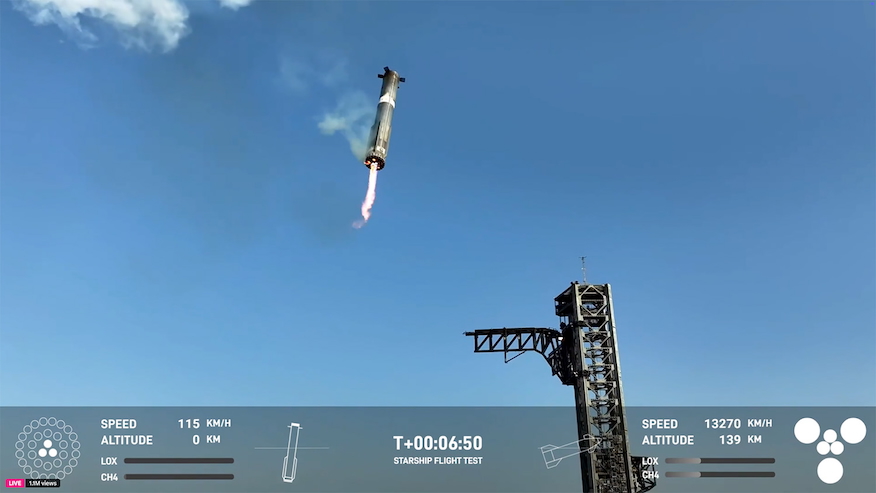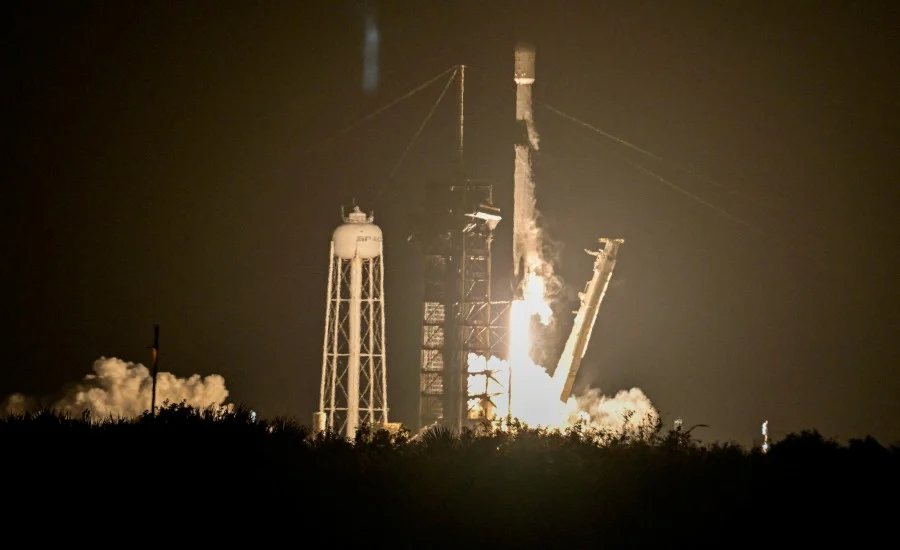December Sky Events: Meteor Showers, Planetary Views, and Astronomical Phenomena to Observe
This December, stargazers are treated to an array of celestial marvels, from meteor showers to planetary movements, and the wonders of distant stars and asteroids. Among the most anticipated events is the Geminid meteor shower peaking on the night of December 13-14, offering up to 120 colorful meteors per hour. Despite the waxing gibbous moon, observers in dark, light-pollution-free areas can enjoy the shooting stars radiating from the constellation Gemini. The meteors originate from the debris of asteroid 3200 Phaethon, discovered in 1983, and will be visible from late night to early morning. Meanwhile, the Ursid meteor shower, although more subdued with 5-10 meteors per hour, will peak around December 21-22. It will be visible from the northern sky, emanating from the Ursa Minor constellation, with a slight interference from the waning gibbous moon. These meteors are tied to the periodic comet 8P/Tuttle, last seen in 2021. Planetary movements also take center stage this month. Mercury reaches its greatest western elongation on December 25, offering the best opportunity to observe the elusive planet in the pre-dawn sky. Mars and Venus will be visible in the evening sky, while Jupiter will remain prominent throughout the night. Additionally, Saturn can be seen in the southern sky from dusk until midnight. Asteroid 15 Eunomia, one of the largest asteroids in the asteroid belt, will be at opposition to the Sun on December 15, making it particularly close and visible through telescopes in the northeastern sky. Notable stars and constellations will also captivate viewers, including Aldebaran, Castor, and Pollux, as well as the Eskimo Nebula in Gemini, which is located 6,500 light-years away. The December solstice on December 21 marks the official start of winter in the Northern Hemisphere and summer in the Southern Hemisphere. For those with a keen eye for the heavens, December offers a wealth of celestial events, making it a prime month for astronomical observation.



